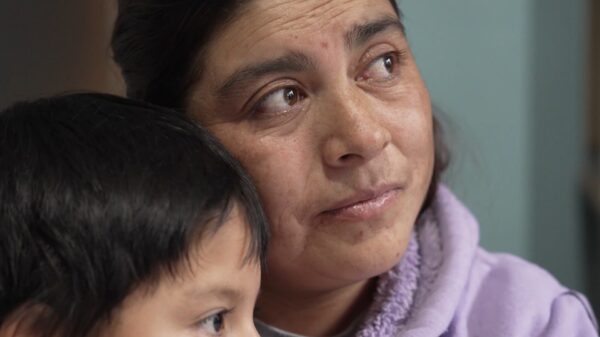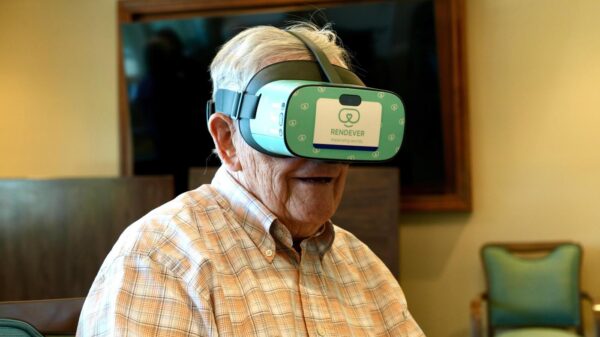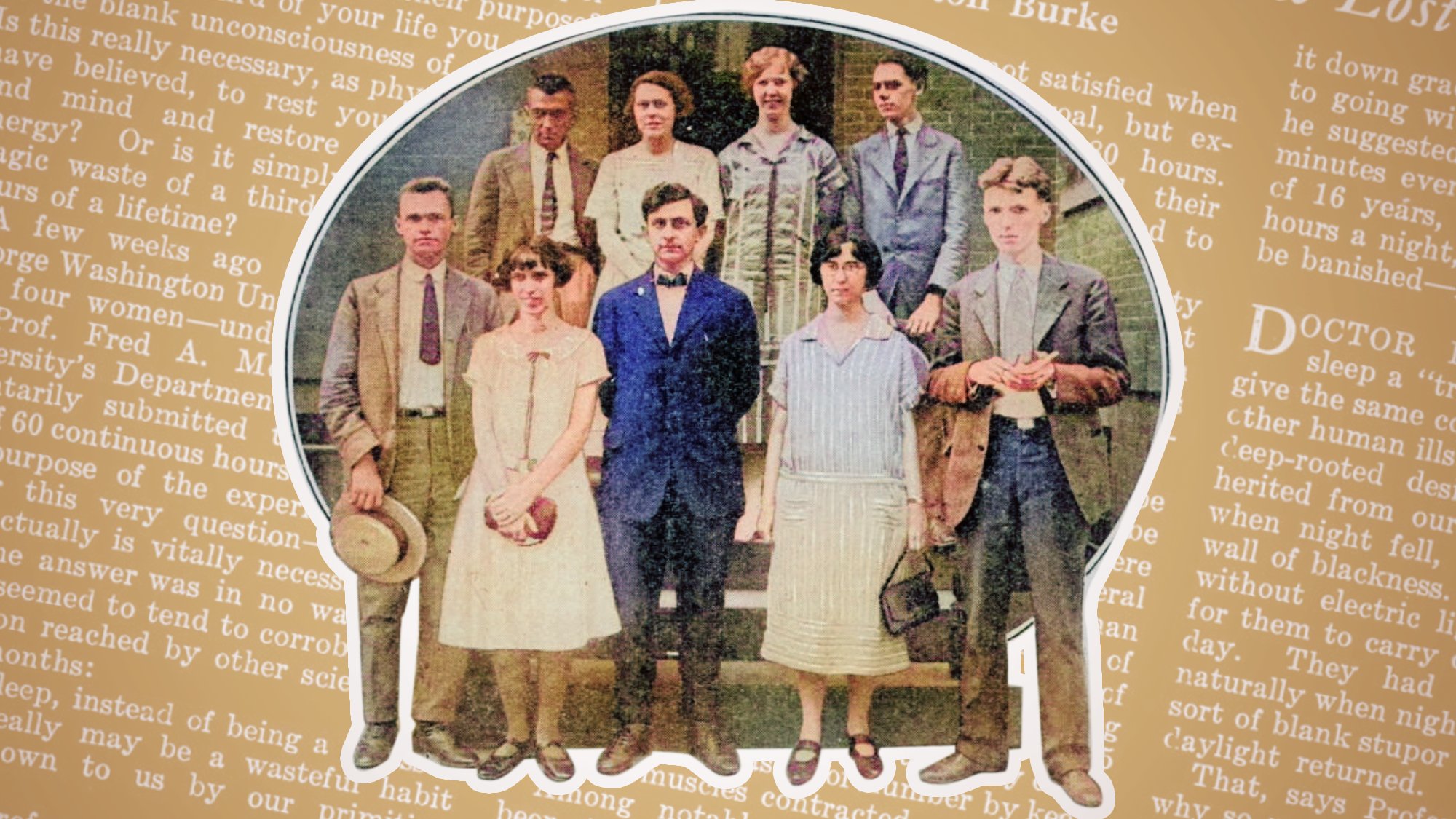In August 1925, a group of seven undergraduate students from George Washington University embarked on a remarkable experiment, attempting to stay awake for a staggering 60 hours to explore the effects of sleeplessness. Conceived by Frederick August Moss, a psychology professor at the university, this study aimed to question the value of sleep, which Moss believed was an unnecessary habit. The results of this experiment would contribute to the ongoing discourse about sleep and its importance in human health.
The participants, gathered in GWU’s Foggy Bottom neighborhood, engaged in various activities to fend off sleep, including driving through the Virginia countryside, playing baseball, and singing songs. Among the volunteers were Louise Omwake and Thelma Hunt, both exceptional students who would go on to have significant careers—Omwake as an education leader and Hunt as a psychologist and physician.
Moss monitored the students’ vital signs and reflexes throughout the ordeal. His findings, reported by Popular Science writer Newton Burke, suggested that “too much sleep, like too much intoxication, may actually be harmful, deadening the activities of mind and body.” This perspective reflected a broader cultural fascination in the 1920s with the idea of sleeplessness, influenced by figures like inventor Thomas Edison, who famously claimed to thrive on just four hours of sleep per night.
The 1925 study occurred during a time when society was grappling with the implications of industrialization and the demands of modern life. While some contemporaries shared Moss’s skepticism about the necessity of sleep, Burke noted that prevailing scientific opinion indicated that reducing sleep significantly could negatively impact health.
Over the past century, extensive research has reinforced the critical role of sleep in maintaining physical and mental health. Scientists now understand that sleep is not a passive state; rather, it is an active process that facilitates essential biological functions. During sleep, the brain consolidates memories, repairs itself, and clears toxins associated with neurodegenerative diseases. Recent studies have utilized advanced technologies, such as optogenetics and deep ultrasound imaging, to illuminate the complex biological activities that occur during sleep.
Despite the historical focus on sleeplessness, contemporary research has revealed that both insufficient and excessive sleep can be detrimental to health. Epidemiological studies have identified a U-shaped relationship between sleep duration and health outcomes, indicating that both extremes—too little and too much sleep—are linked to increased disease risk and premature death. Notably, oversleeping may correlate with underlying health issues such as chronic illness or mood disorders, suggesting that it warrants medical attention.
Moreover, consistency in sleep patterns has emerged as a significant factor in health outcomes. Maintaining regular bedtimes and wake times can reduce the risk of conditions like obesity and cardiovascular diseases. Good sleep hygiene practices, including minimizing screen time before bed and ensuring a conducive sleeping environment, are essential for promoting quality sleep.
Reflecting on the 1925 experiment, it is noteworthy that participants did not encounter difficulties falling asleep after their extended wakefulness. This observation contrasts with the common belief that prolonged wakefulness leads to sleep disturbances. Today, we recognize that sleep is not a mere “tragic waste” of time but rather an investment in health and quality of life.
Thelma Hunt, one of the standout students from Moss’s study, later achieved a distinguished career, ultimately serving as the chair of GWU’s psychology department. Her contributions to the field of psychology remain significant, and she attributed her enduring energy to her “physiological makeup.”
As we continue to explore the complexities of sleep, the 1925 experiment serves as a fascinating chapter in the ongoing quest to understand its vital role in human health. What began as a provocative study on sleeplessness has evolved into a comprehensive understanding of sleep’s importance, revealing that quality sleep is essential for well-being and longevity.







































































